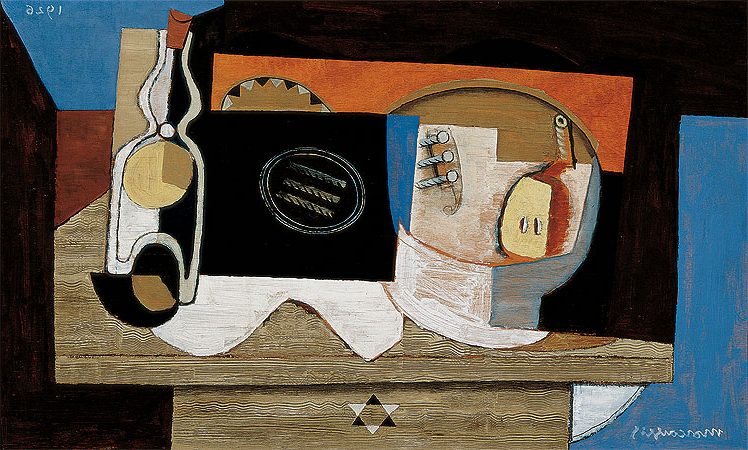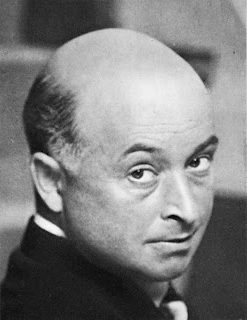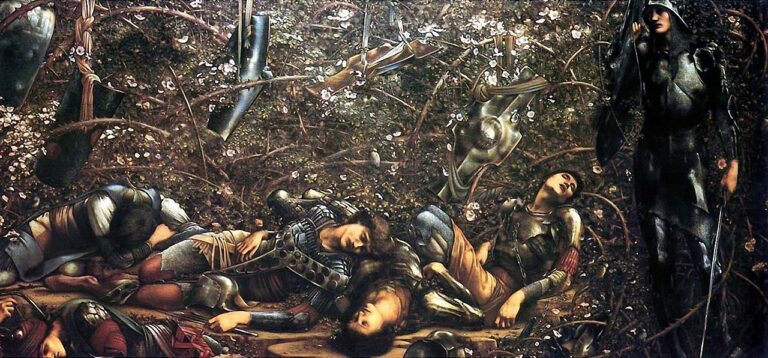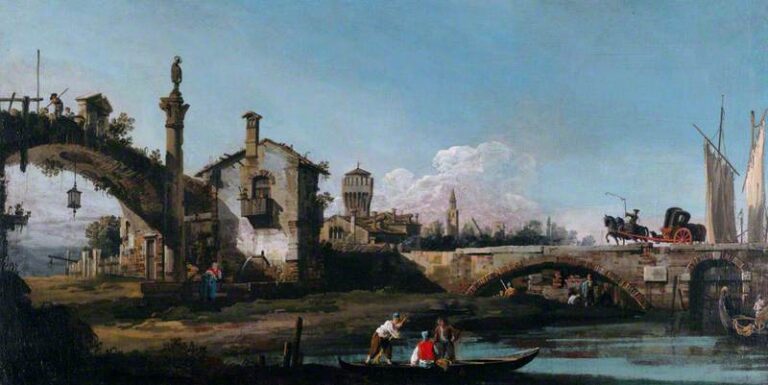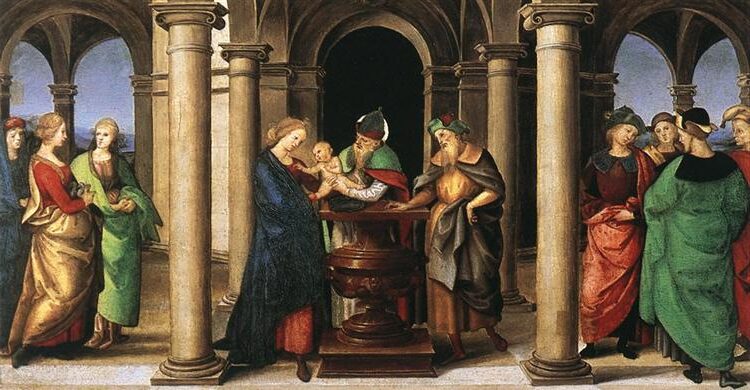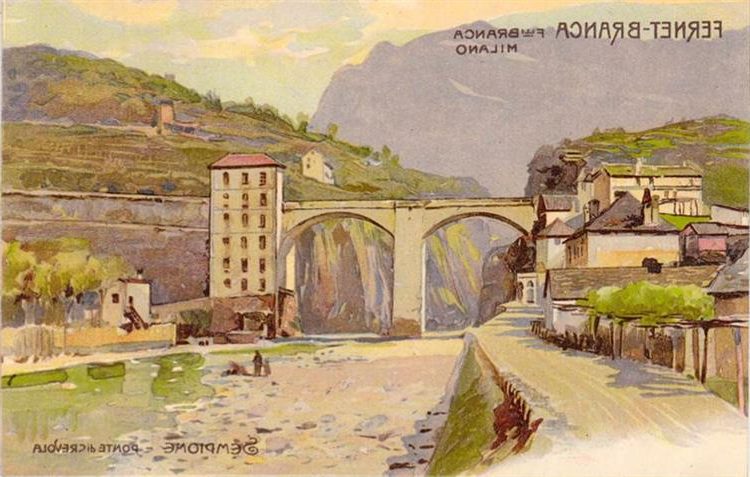Louis Marcoussis: Painter and Cubist Pioneer of the Early 20th Century
Born: 1878 or 1883, Łódź, Poland
Death: October 22, 1941, Cusset, France
Art Movement: Cubism
Nationality: Polish and French
Teachers: Jan Stanislawski, Jozev Mehoffer, and Jules Lefebvre
Institution: Académie Julian
Louis Marcoussis: Painter and Cubist Pioneer of the Early 20th Century
Biographical Background
Louis Marcoussis was a Polish-French painter who made significant contributions to avant-garde art in the early 20th century. His journey from Warsaw to Paris shaped his artistic development and cultural identity.
Early Life and Education
Louis Marcoussis was born as Ludwig Casimir Ladislas Markus in Warsaw in 1878 or 1883. He came from a family of Polish-Jewish descent.
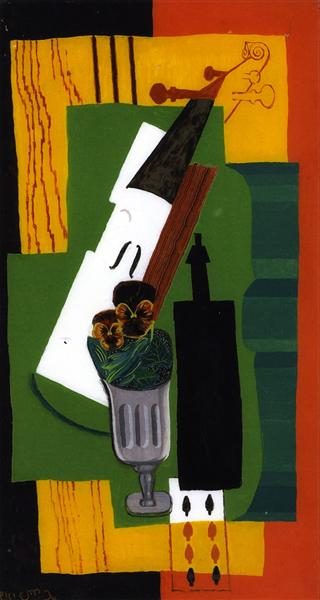

Marcoussis began his studies in law at Warsaw University. He later switched to art, attending the Kraków Academy of Fine Arts.
At the academy, he studied under Jan Stanislawski and Jozev Mehoffer. These teachers helped shape his early artistic style.
In 1903, Marcoussis moved to Paris to further his art education. He enrolled at the Académie Julian, where he studied under Jules Lefebvre.
Path to French Citizenship
After moving to Paris, Marcoussis began using the name Louis Markus. He became part of the city’s vibrant art scene.
In 1910, he adopted the pseudonym Louis Marcoussis, taken from a village near Paris.
Marcoussis served in the French Foreign Legion from 1914 to 1919. This military service paved the way for his French citizenship. He became a naturalized French citizen, fully embracing his new home and identity.
His integration into French society was also personal. In 1913, he married Alice Halicka, a fellow Polish painter. They had a daughter named Malène in 1922.
Artistic Development and Cubist Period
Louis Marcoussis grew as an artist in Paris, embracing Cubism and working with key figures of the movement. He developed a unique style that blended Cubist ideas with his own artistic vision.
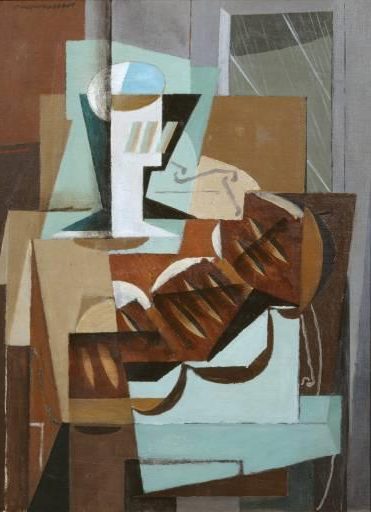
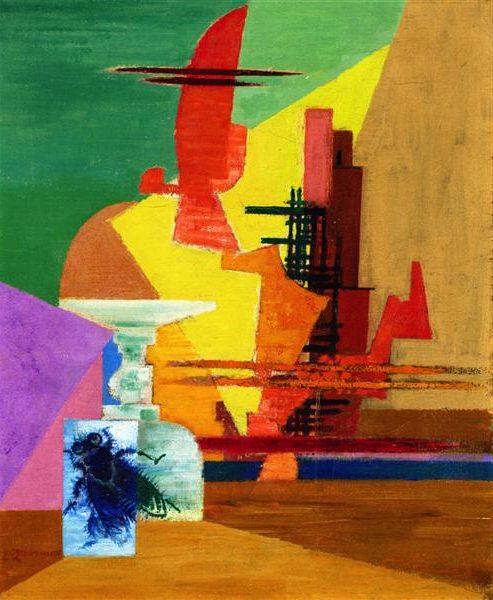
Influences and Collaborations
Marcoussis moved to Paris in 1903, settling in Montmartre. He was drawn to the city’s vibrant art scene.
There, he met Pablo Picasso and Georges Braque, pioneers of Cubism.
These connections shaped his artistic path. Marcoussis began to experiment with Cubist techniques in his work. He broke down objects into geometric forms and showed multiple viewpoints at once.
The artist also worked closely with poet Guillaume Apollinaire. This friendship led to collaborations between art and literature. Marcoussis created illustrations for Apollinaire’s poems, merging visual and written art.
Key Art Movements and Exhibitions
Marcoussis took part in important art shows of his time. He displayed his work at the Salon d’Automne and Salon des Indépendants. These events were crucial for new art movements in Paris.
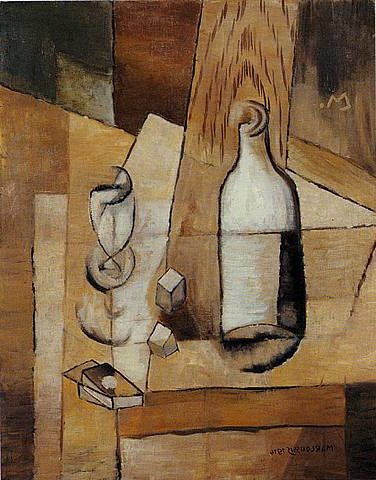

In 1912, Marcoussis joined the Section d’Or group. This was a key moment in his career. The group held exhibitions that helped spread Cubist ideas.
His paintings often featured still lifes, musical instruments, and views of Paris. He added his own touch to Cubist style. Marcoussis used softer lines and more subtle colors than some of his peers.
Later, he began to explore Surrealist ideas too. This mix of styles made his work stand out. Marcoussis kept showing his art in Paris and beyond throughout his career.
Legacy and Impact
Louis Marcoussis left a lasting mark on modern art. His work influenced other artists and gained more recognition after his death.
Contributions to Modern Art Markets
Marcoussis helped shape the Cubist movement in Paris. He sold paintings through top galleries like Galerie Pierre and Galerie Le Centaure. His art appeared in shows at Galerie Georges Bernheim and Galerie Jeanne Bucher.
These sales and exhibits boosted his reputation. They also helped spread Cubist ideas to more people. Marcoussis’ work bridged early Cubism with later styles. This made his art important for art history.
Posthumous Recognition
After Marcoussis died in 1941, his art kept gaining fame. Major museums added his work to their collections. The Museum of Modern Art in New York and the Brooklyn Museum now own his paintings.
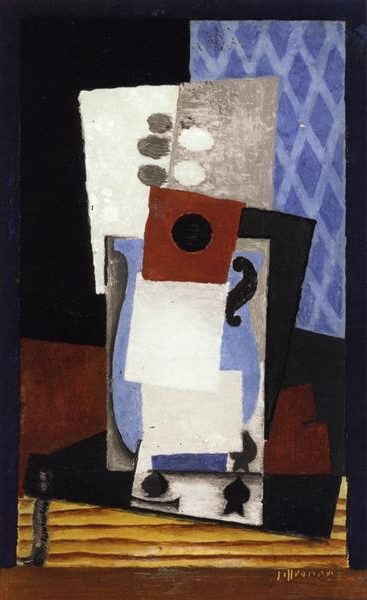
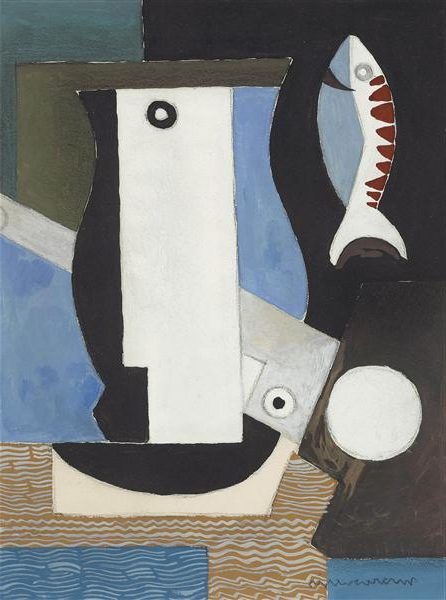
In Europe, the Palais des Beaux-Arts in Brussels hosted a big show of his work. Krakow museums in Poland, his birth country, also display his art.
During Nazi rule in Paris, some of Marcoussis’ art was lost or stolen. This makes his surviving works even more precious today.
Frequently Asked Questions
Louis Marcoussis was a Polish-French painter who made important contributions to Cubism. He created notable works, collaborated with famous artists, and left a lasting impact on modern art.
What are the notable works of Louis Marcoussis?
Some of Marcoussis’ well-known paintings include “The Cubist Still Life” and “Portrait of Guillaume Apollinaire”. He also created many prints and illustrations throughout his career.
During which art movements was Louis Marcoussis actively producing artwork?
Marcoussis was most active during the Cubist movement in the early 20th century. He started with a more traditional style but quickly embraced Cubism after moving to Paris.
Which famous artists did Louis Marcoussis collaborate with during his career?
Marcoussis worked closely with Pablo Picasso and Georges Braque, two pioneers of Cubism. He also formed friendships with other artists like Roger de La Fresnaye and Robert Lotiron.
How did Louis Marcoussis contribute to Cubism?
Marcoussis helped develop Cubist techniques in painting and printmaking. He explored geometric forms and multiple perspectives in his artworks, adding to the movement’s visual language.
What is the significance of Louis Marcoussis’ Polish heritage on his art?
While Marcoussis spent most of his career in France, his Polish roots influenced his artistic vision. He often included elements from his homeland in his work, blending Polish and French cultural elements.
In which major art collections can Louis Marcoussis’ works be found?
Marcoussis’ art is part of collections in many top museums. The Museum of Modern Art in New York and the Centre Pompidou in Paris both hold examples of his work.

